Unseen Stories of Resilience: The Catastrophic Floods in Mai-Mahiu, Kenya
Unseen Stories of Resilience: The Catastrophic Floods in Mai-Mahiu, Kenya
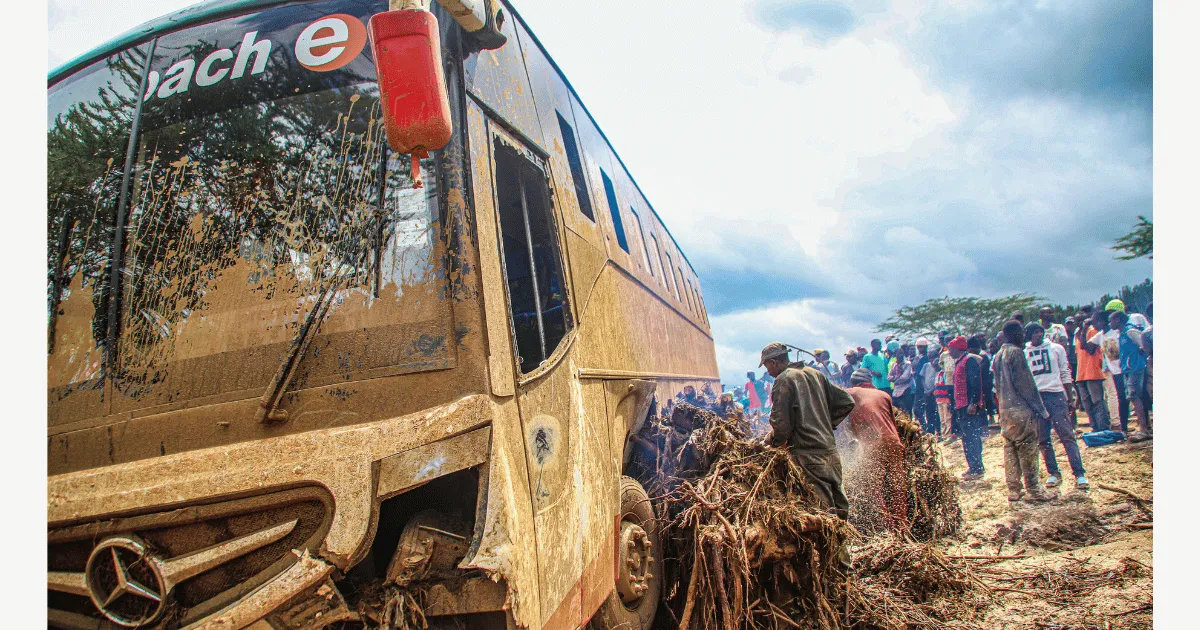
The relentless rains that have battered Kenya have transformed
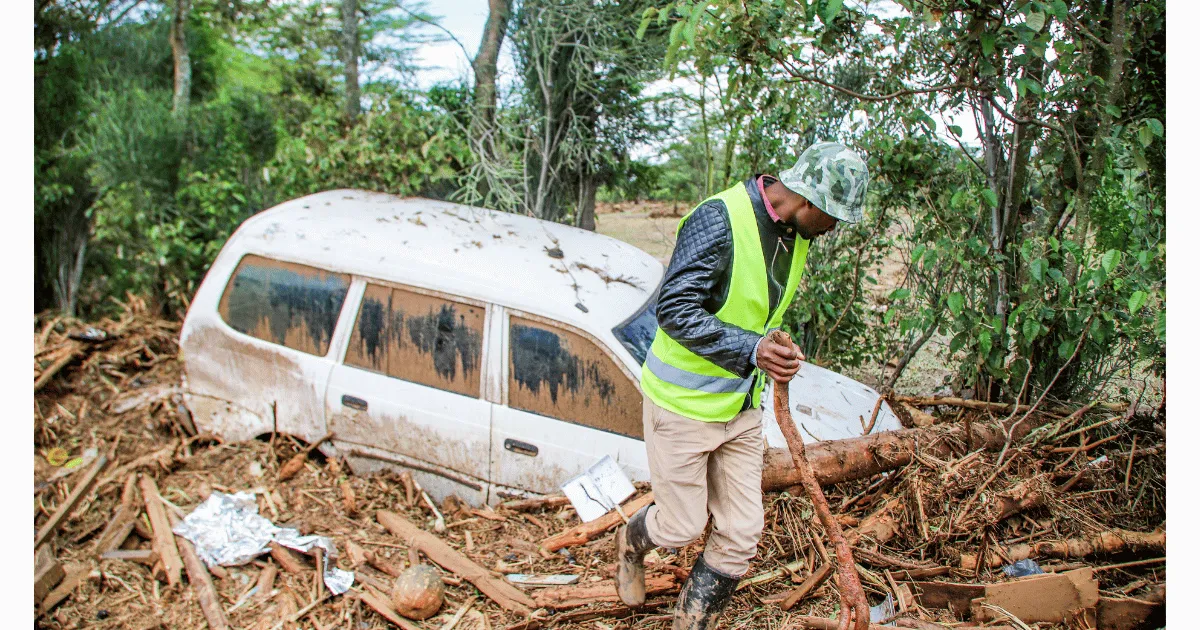
streets into rivers and homes into islands of despair, particularly in the Rift Valley area of Mai-
Mahiu. This region, known for its
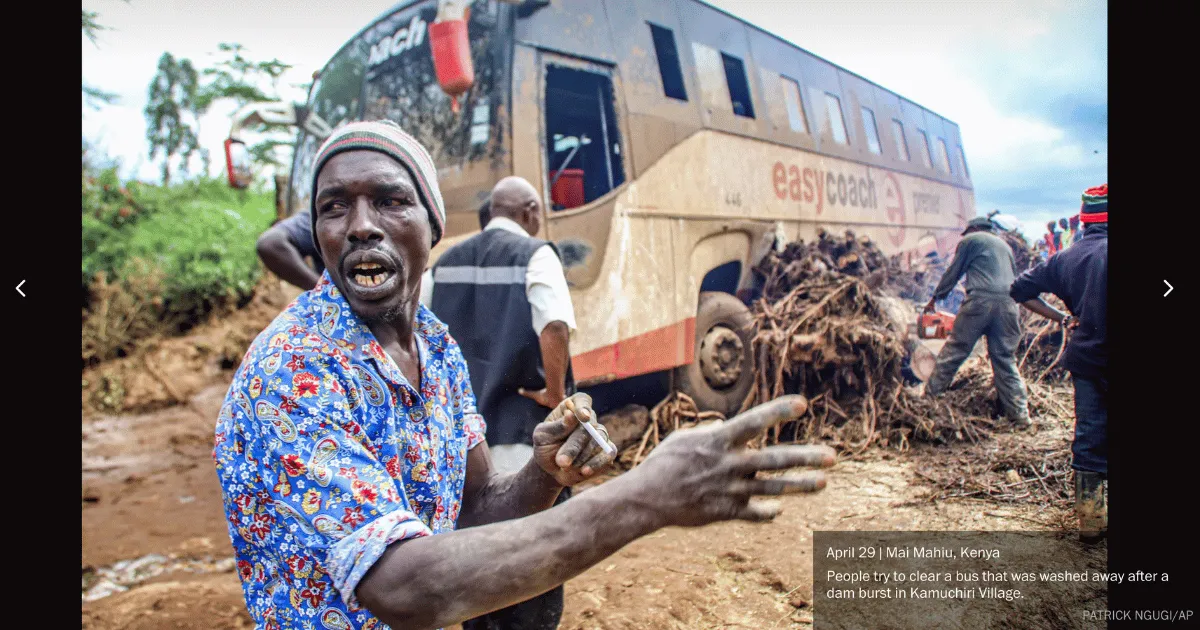


picturesque landscapes and vibrant communities, now epitomizes the catastrophic consequences of nature’s fury. As a Freelance photographer for the Associated Press, I have been embedded in the heart of this crisis, capturing moments of vulnerability and resilience. Each frame tells a story—a silent scream for help, a tearful reunion, a desperate escape from rising waters. Through this blog, I aim to share not only these powerful images but also the poignant stories behind them, offering a glimpse into the ongoing struggle faced by thousands.
Record-Breaking Rainfall and Its Immediate Effects
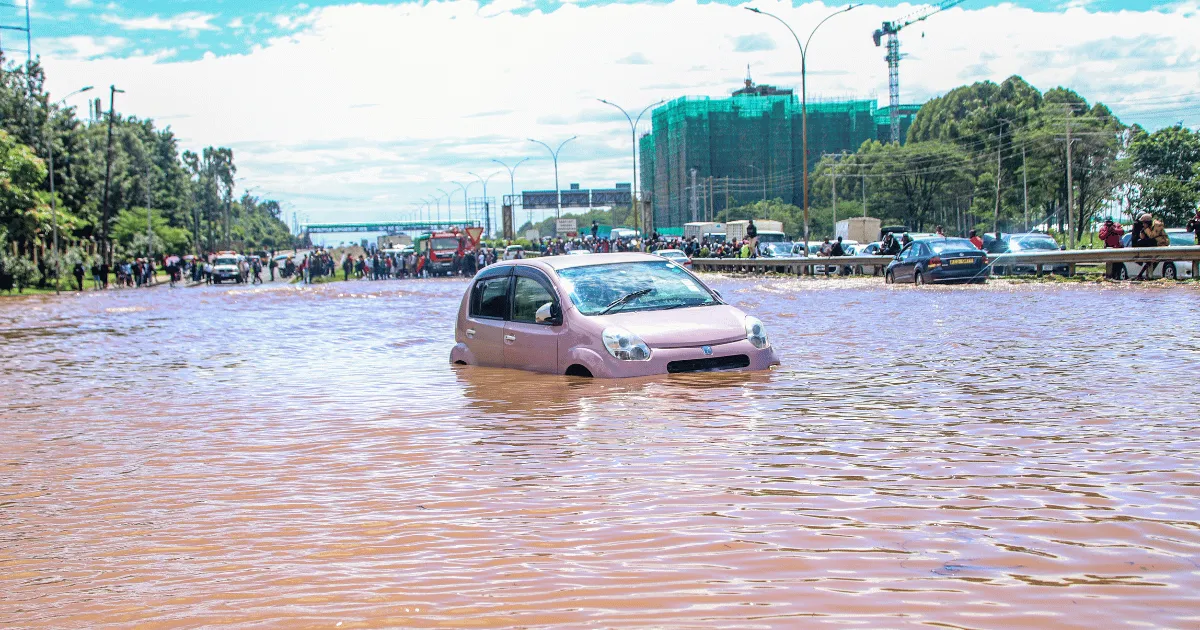


Infrastructure damage is extensive. Roads and bridges that once connected small villages and bustling towns are now submerged or eroded away, leaving communities isolated and rescue and relief efforts severely hampered. The floods have also inflicted a harsh blow to the local economy, with farms inundated just before harvest, leading to fears of food shortages in the coming months. Schools have been closed indefinitely, healthcare facilities overwhelmed and Submerged, and thousands are now living in temporary shelters, relying on aid from well-wishers to survive. Not knowing their next Move.
The Human Face of the Disaster: Stories of Loss and Resilience
The heart of this crisis is its human impact, each individual story contributing to a tapestry of loss and resilience. Among the chaos, I met Grishon Waiganjo Kagotho, 87, an old Mzee in the Village of Kamuchira, Mai Mahiu, whose home was swept away by the floods. Losing his children in the neighboring compound. His goat was swept away by the raging waters. He watched all this with her wife, helpless as it all washed away. “It was like a nightmare,” he recounted, his voice heavy with sorrow. Pain, Tears, and anguish Hanging on his eyes. “It happened so fast!.” Grishon Narates. All left on his compound is his one structure which miraculously survived.
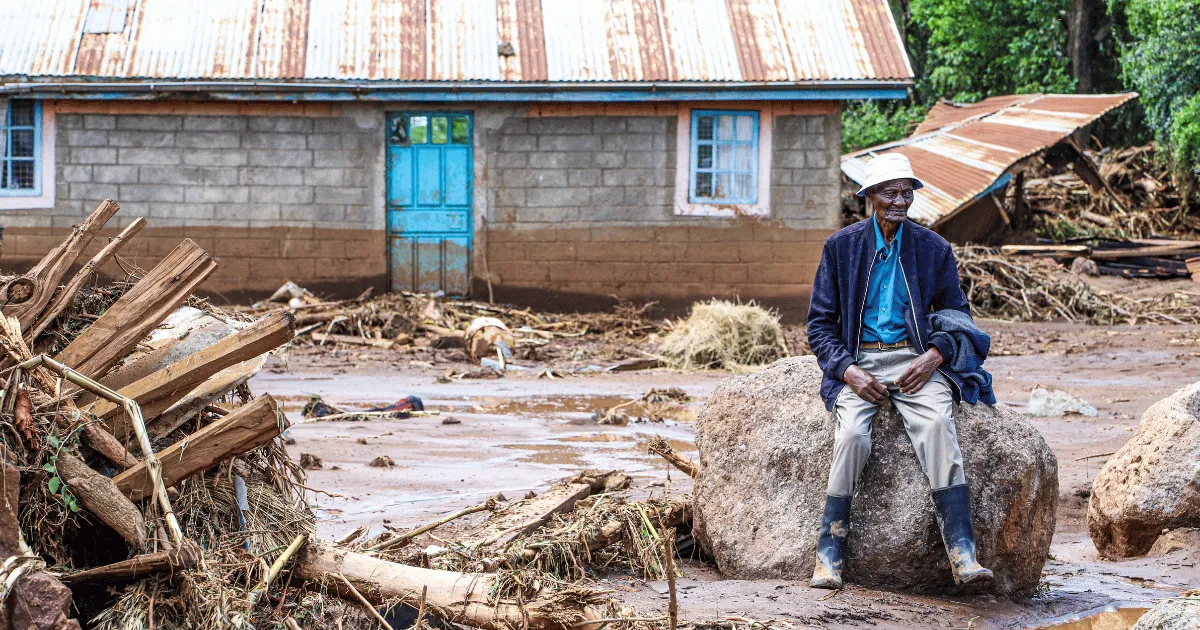


Another poignant story is that of Peter Muriithi, 85, a local farmer whose fields and cattle were destroyed. Peter looked out over his ruined crops, the source of his family’s livelihood, now just a vast expanse of mud and stagnant water. “I don’t know how we will recover from this,” he said, his eyes scanning the horizon as if searching for an answer. “This farm feeds my family, and sends my children to school. What will we do now?”
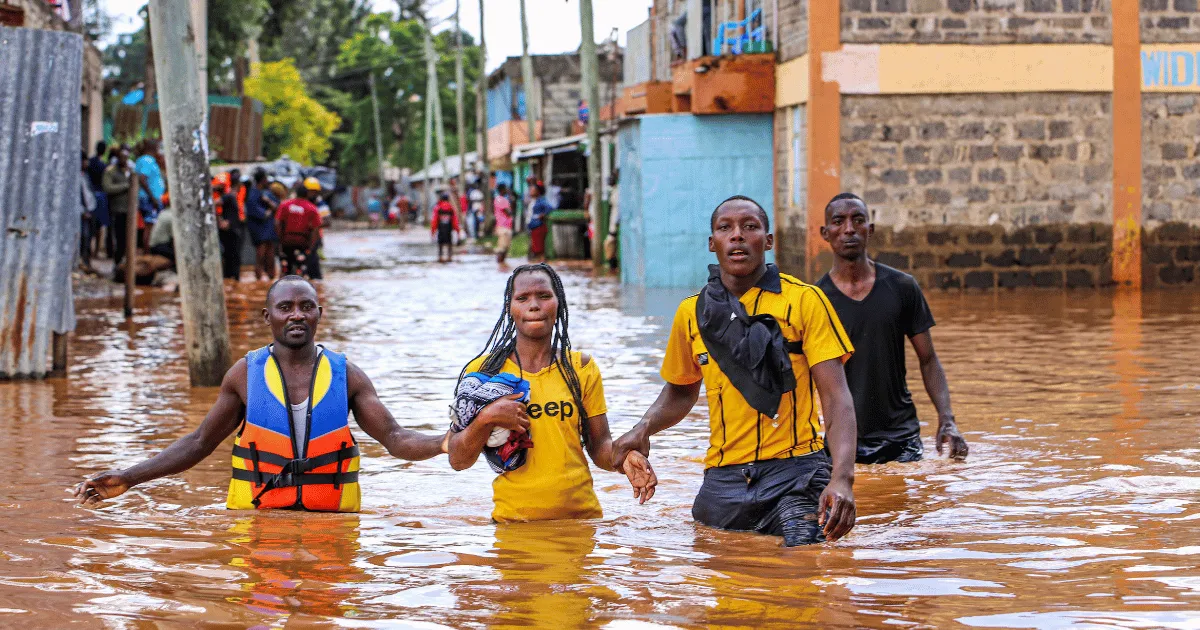


These personal accounts are echoed by many in the community, each person grappling with their losses while also banding together to support one another. Various Goverment Agencies and Volunteers from unaffected areas have come to aid their fellow Kenyans, distributing food, clean water, and medical supplies.
In other areas makeshift boats made from barrels and wood ply the new waterways, rescuing stranded families and delivering supplies.
Community and Global Response to Mai-Mahiu Floods
The response to the flooding has been a multifaceted effort involving government agencies, international aid organizations, and the community itself. The Kenyan government has declared the affected regions disaster zones and is coordinating relief efforts nationwide. Aid from both government and Non-governmental agencies trickling in, but the need is overwhelming. Relief camps have been set up, but they are often short on supplies and space.
In Githurai, A temporary shelter has been set up in a local school. The affected members Spend their time anguishing their next move. Surviving on one Meal a day. The only meal available.



Local NGOs and community groups have been instrumental in bridging the gap between official aid and what is needed on the ground. These groups know the area and its people, enabling them to deliver aid more efficiently and effectively. For instance, the “Mathare Social Justice Centre,” a community social justice Group, made up of local leaders and youth, has been active in organizing search and rescue missions, providing emergency medical care, and distributing food and water throughout Mathare
Long-Term Economic, Agricultural, and Infrastructural Impact
The floods have wreaked havoc on the region’s infrastructure. Major roads and bridges have been washed away or are covered in mud and debris, complicating efforts to reach those in need and begin the massive task of rebuilding. The economic impact is equally devastating. Mai-Mahiu and surrounding areas are predominantly agricultural, with many relying on their crops and livestock for income. The floods have left fields submerged, and it is feared that the upcoming harvest will be lost, leading to economic instability and increased prices of basic food items.
The Power of Photography in Disaster Documentation
Documenting this disaster through photography has been both challenging and essential. Each image captures a moment of truth: the despair, the urgency, the fleeting moments of relief. These photographs are not just for today’s news but serve as a historical record of what happened and as a catalyst for action. I hope that these images resonate with viewers, compelling them to see beyond the frame, to understand the scale of devastation, and to act, whether by raising awareness, donating to relief efforts, or sending prayers and support from afar.
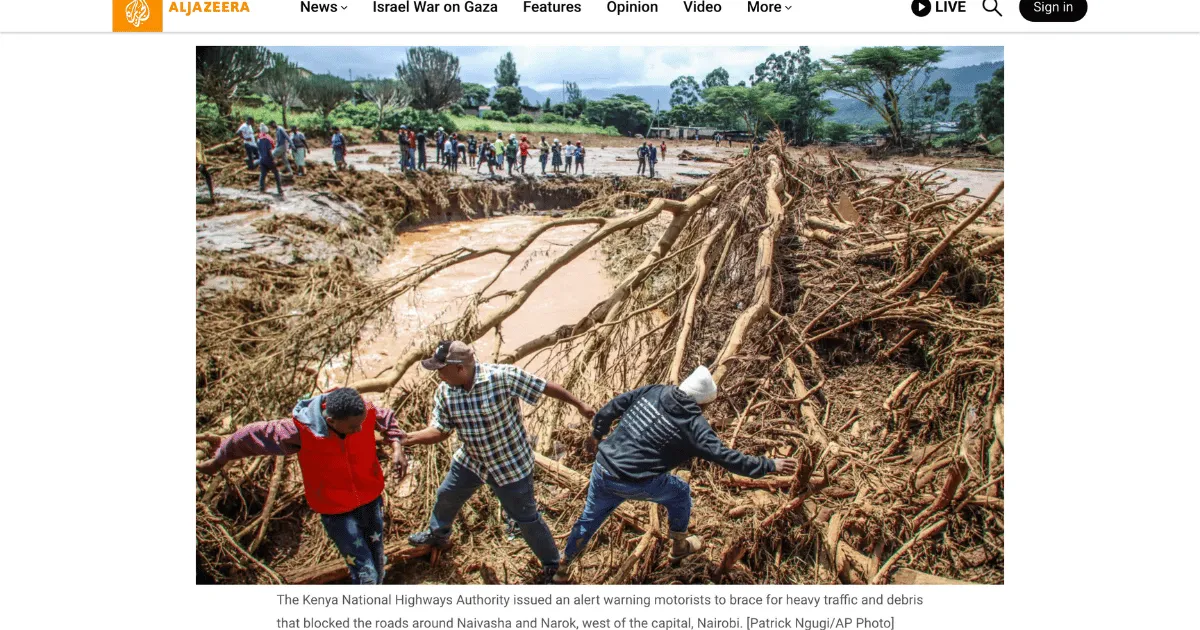


The floods in Kenya are more than a natural disaster; they are a stark reminder of our vulnerability and our shared humanity. The Kenya Metrological Department Predicts they will continue Intol in May 2024.
As the community of Mai-Mahiu and other affected areas face the daunting task of rebuilding, they need more than temporary relief; they need a sustained commitment from all of us. Let us not simply scroll past the images and stories of this tragedy. Instead, let us take action in whatever way we can—by donating, volunteering, or simply sharing these stories. Together, we can help restore hope and rebuild lives.
This expanded version offers a deeper insight into the catastrophe, connecting readers with the human side of the disaster and highlighting the broader socio-economic impacts. By including detailed personal stories and a more comprehensive view of the response efforts, I aim to foster an even stronger emotional connection to those involved, while at the same time urging readers to engage actively with the ongoing recovery efforts.
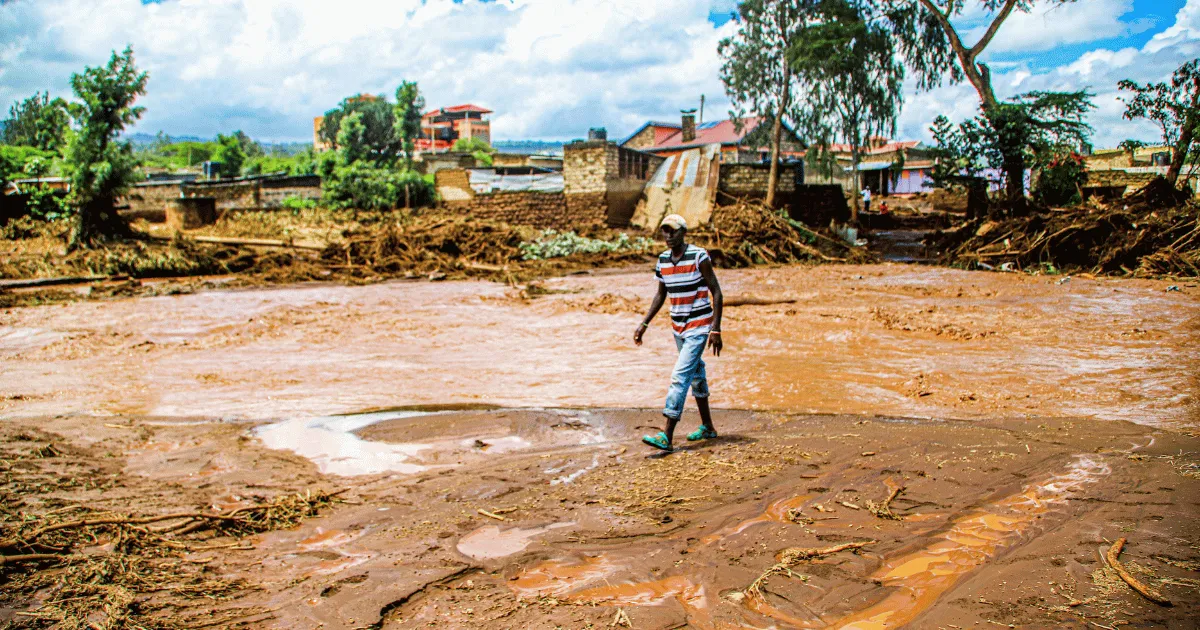


Unseen Stories of Resilience: The Catastrophic Floods in Mai-Mahiu, Kenya
Unseen Stories of Resilience: The Catastrophic Floods in Mai-Mahiu, Kenya


The relentless rains that have battered Kenya have transformed



streets into rivers and homes into islands of despair, particularly in the Rift Valley area of Mai-
Mahiu. This region, known for its



picturesque landscapes and vibrant communities, now epitomizes the catastrophic consequences of nature’s fury. As a Freelance photographer for the Associated Press, I have been embedded in the heart of this crisis, capturing moments of vulnerability and resilience. Each frame tells a story—a silent scream for help, a tearful reunion, a desperate escape from rising waters. Through this blog, I aim to share not only these powerful images but also the poignant stories behind them, offering a glimpse into the ongoing struggle faced by thousands.
Record-Breaking Rainfall and Its Immediate Effects



Infrastructure damage is extensive. Roads and bridges that once connected small villages and bustling towns are now submerged or eroded away, leaving communities isolated and rescue and relief efforts severely hampered. The floods have also inflicted a harsh blow to the local economy, with farms inundated just before harvest, leading to fears of food shortages in the coming months. Schools have been closed indefinitely, healthcare facilities overwhelmed and Submerged, and thousands are now living in temporary shelters, relying on aid from well-wishers to survive. Not knowing their next Move.
The Human Face of the Disaster: Stories of Loss and Resilience
The heart of this crisis is its human impact, each individual story contributing to a tapestry of loss and resilience. Among the chaos, I met Grishon Waiganjo Kagotho, 87, an old Mzee in the Village of Kamuchira, Mai Mahiu, whose home was swept away by the floods. Losing his children in the neighboring compound. His goat was swept away by the raging waters. He watched all this with her wife, helpless as it all washed away. “It was like a nightmare,” he recounted, his voice heavy with sorrow. Pain, Tears, and anguish Hanging on his eyes. “It happened so fast!.” Grishon Narates. All left on his compound is his one structure which miraculously survived.



Another poignant story is that of Peter Muriithi, 85, a local farmer whose fields and cattle were destroyed. Peter looked out over his ruined crops, the source of his family’s livelihood, now just a vast expanse of mud and stagnant water. “I don’t know how we will recover from this,” he said, his eyes scanning the horizon as if searching for an answer. “This farm feeds my family, and sends my children to school. What will we do now?”



These personal accounts are echoed by many in the community, each person grappling with their losses while also banding together to support one another. Various Goverment Agencies and Volunteers from unaffected areas have come to aid their fellow Kenyans, distributing food, clean water, and medical supplies.
In other areas makeshift boats made from barrels and wood ply the new waterways, rescuing stranded families and delivering supplies.
Community and Global Response to Mai-Mahiu Floods
The response to the flooding has been a multifaceted effort involving government agencies, international aid organizations, and the community itself. The Kenyan government has declared the affected regions disaster zones and is coordinating relief efforts nationwide. Aid from both government and Non-governmental agencies trickling in, but the need is overwhelming. Relief camps have been set up, but they are often short on supplies and space.
In Githurai, A temporary shelter has been set up in a local school. The affected members Spend their time anguishing their next move. Surviving on one Meal a day. The only meal available.



Local NGOs and community groups have been instrumental in bridging the gap between official aid and what is needed on the ground. These groups know the area and its people, enabling them to deliver aid more efficiently and effectively. For instance, the “Mathare Social Justice Centre,” a community social justice Group, made up of local leaders and youth, has been active in organizing search and rescue missions, providing emergency medical care, and distributing food and water throughout Mathare
Long-Term Economic, Agricultural, and Infrastructural Impact
The floods have wreaked havoc on the region’s infrastructure. Major roads and bridges have been washed away or are covered in mud and debris, complicating efforts to reach those in need and begin the massive task of rebuilding. The economic impact is equally devastating. Mai-Mahiu and surrounding areas are predominantly agricultural, with many relying on their crops and livestock for income. The floods have left fields submerged, and it is feared that the upcoming harvest will be lost, leading to economic instability and increased prices of basic food items.
The Power of Photography in Disaster Documentation
Documenting this disaster through photography has been both challenging and essential. Each image captures a moment of truth: the despair, the urgency, the fleeting moments of relief. These photographs are not just for today’s news but serve as a historical record of what happened and as a catalyst for action. I hope that these images resonate with viewers, compelling them to see beyond the frame, to understand the scale of devastation, and to act, whether by raising awareness, donating to relief efforts, or sending prayers and support from afar.



The floods in Kenya are more than a natural disaster; they are a stark reminder of our vulnerability and our shared humanity. The Kenya Metrological Department Predicts they will continue Intol in May 2024.
As the community of Mai-Mahiu and other affected areas face the daunting task of rebuilding, they need more than temporary relief; they need a sustained commitment from all of us. Let us not simply scroll past the images and stories of this tragedy. Instead, let us take action in whatever way we can—by donating, volunteering, or simply sharing these stories. Together, we can help restore hope and rebuild lives.
This expanded version offers a deeper insight into the catastrophe, connecting readers with the human side of the disaster and highlighting the broader socio-economic impacts. By including detailed personal stories and a more comprehensive view of the response efforts, I aim to foster an even stronger emotional connection to those involved, while at the same time urging readers to engage actively with the ongoing recovery efforts.


